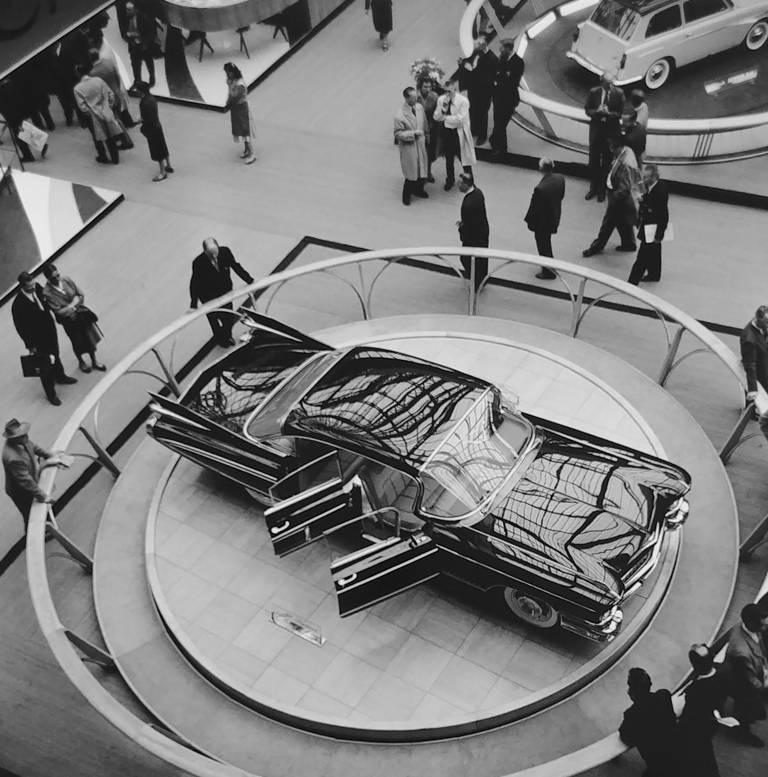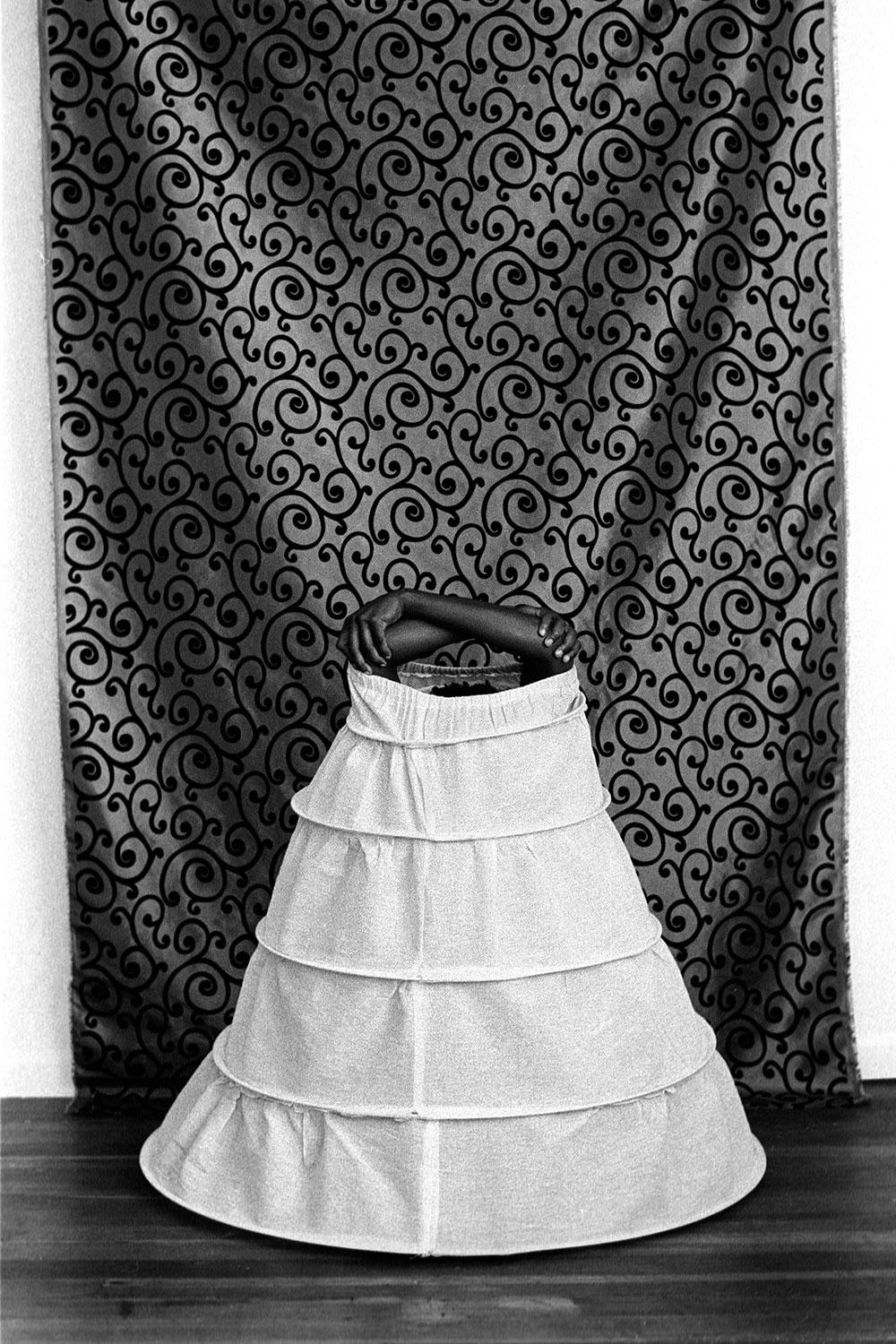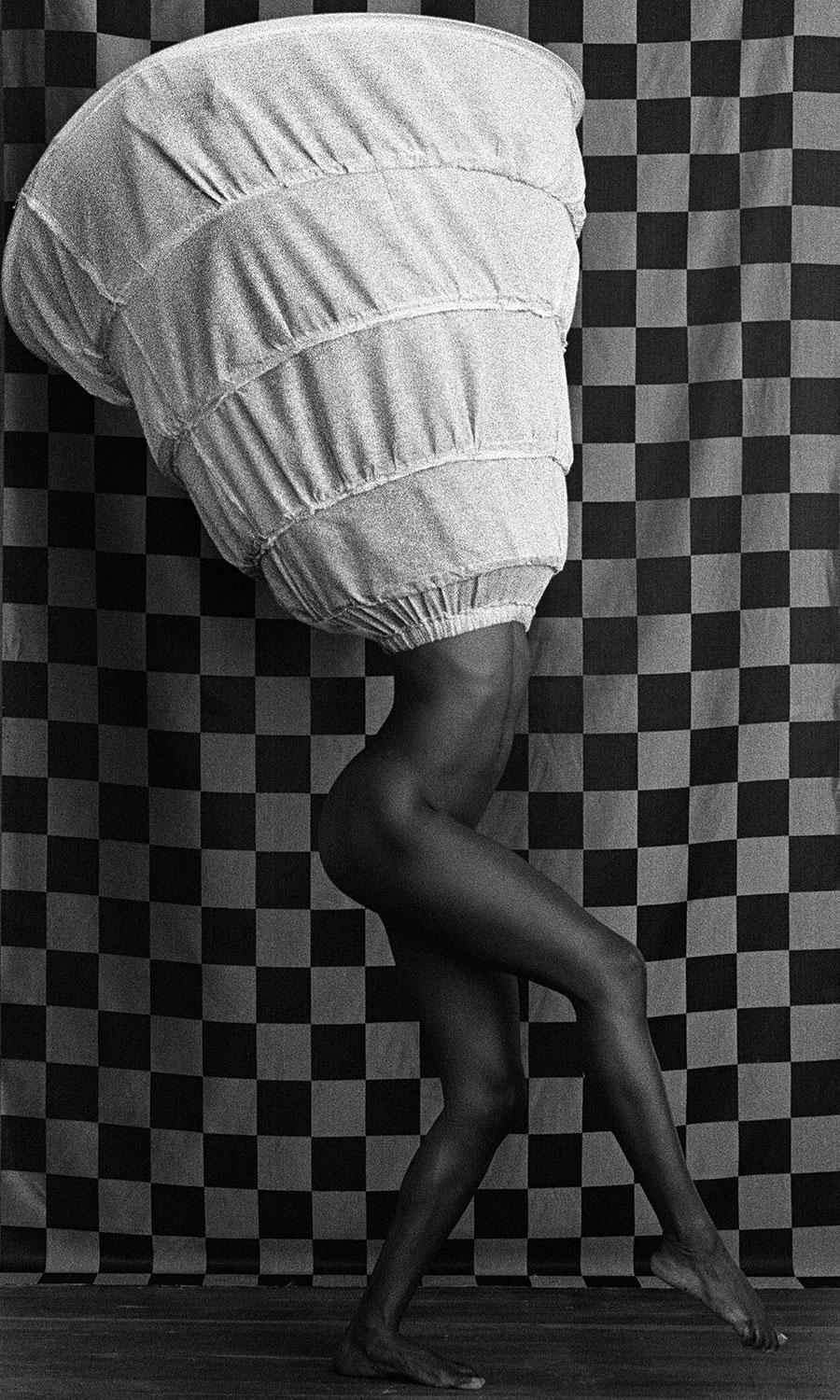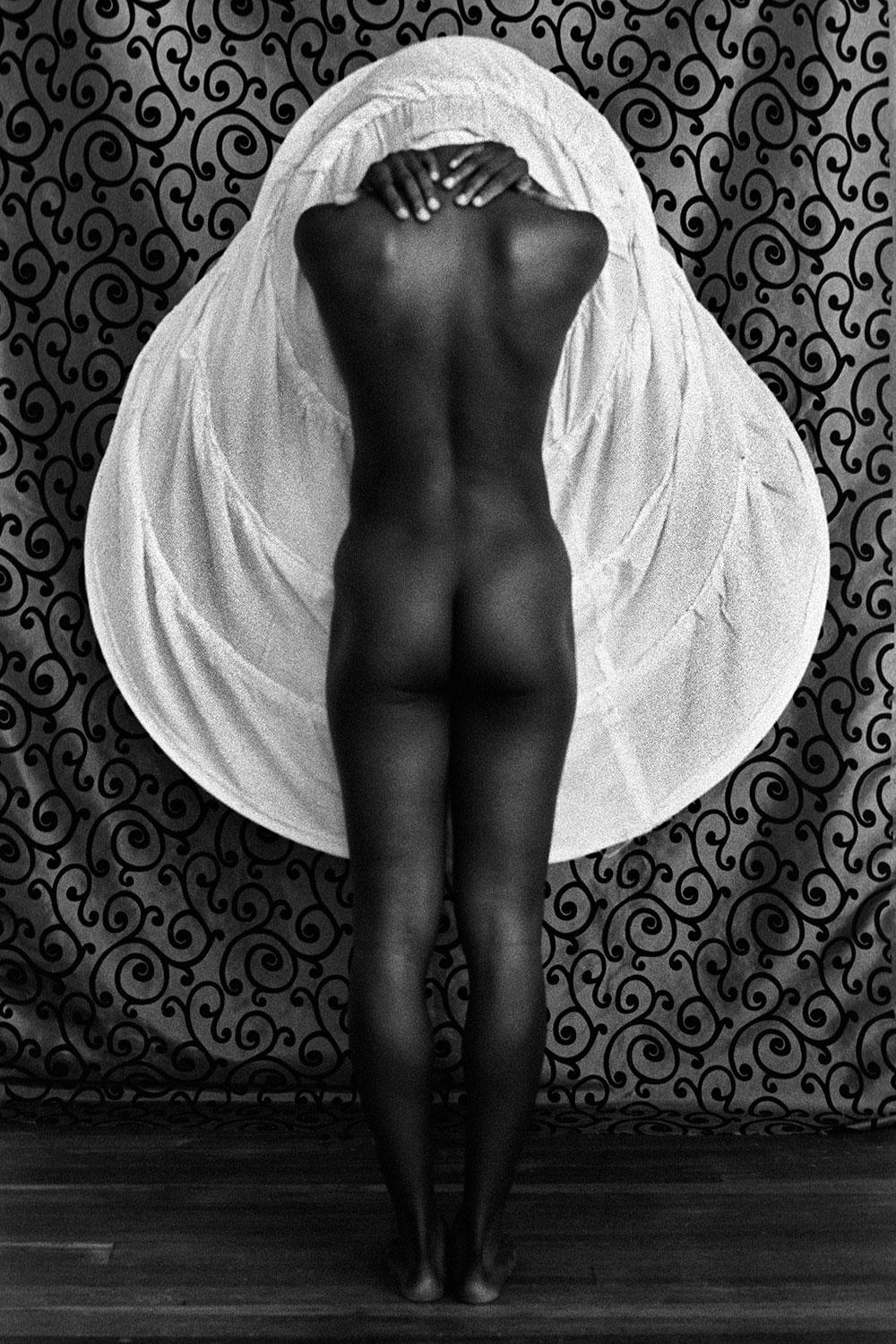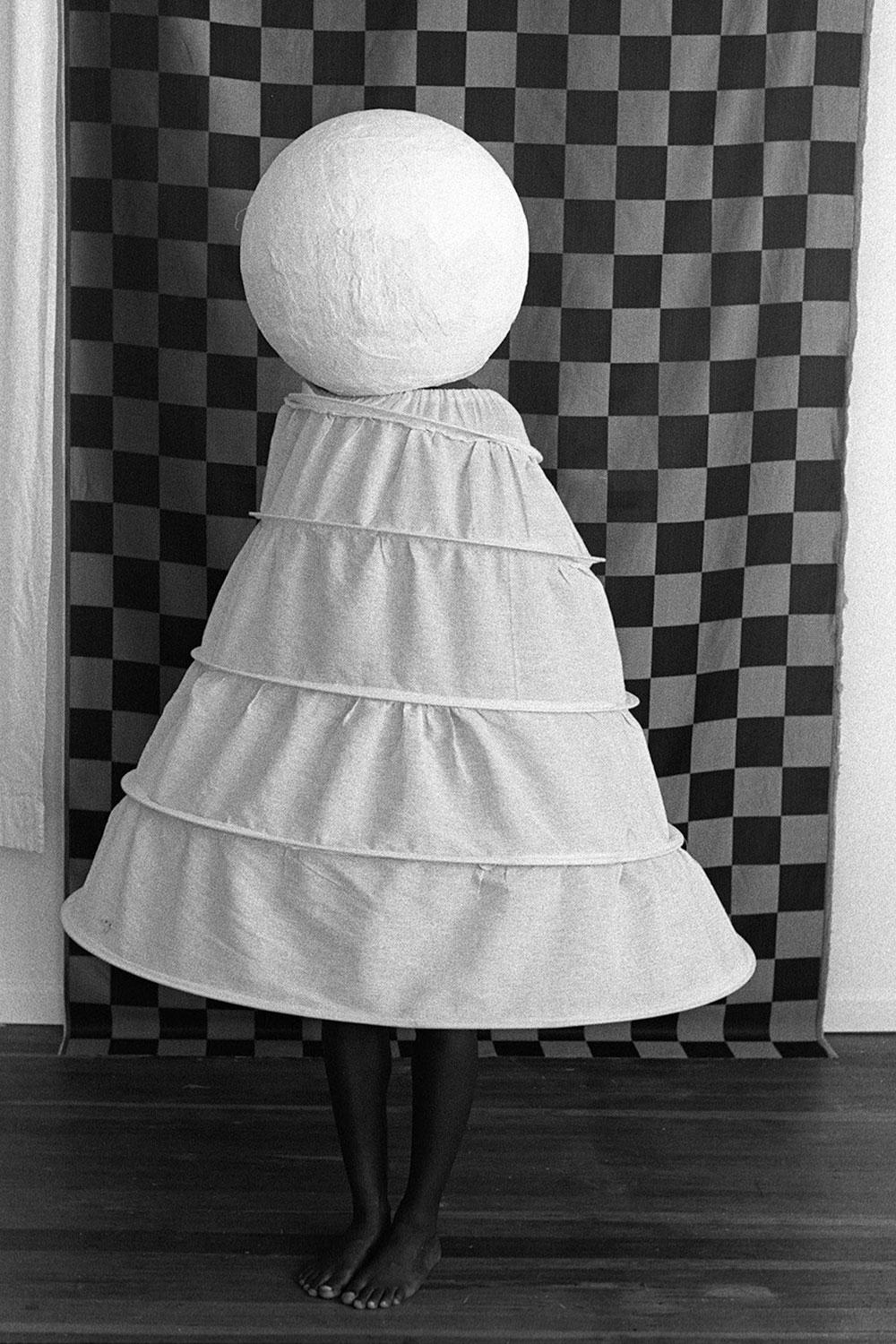Items Similar to The Three Graces from the V&A Portfolio Limited Edition print
Want more images or videos?
Request additional images or videos from the seller
1 of 4
Antonio CanovaThe Three Graces from the V&A Portfolio Limited Edition printcirca 1817 (printed 2021)
circa 1817 (printed 2021)
About the Item
Detail of The Three Graces, Antonio Canova (1757-1822), National Collection of Sculpture, Victoria and Albert Museum
© Victoria and Albert Museum, London
Beautiful Extra Large 60 x 40 inches / 152 x 101 cm's Oversize archival pigment print
Unframed.
Limited edition to 5 only this size
From the Galerie Prints V&A PORTFOLIO.
A stunning visual archive of over 200 images selected from the collections of the Victoria and Albert Museum,
the world’s leading museum of art, design and performance.
Certificate of authenticity provided.
Object Type
This marble figure group was made for the Sculpture Gallery at Woburn Abbey, Bedfordshire, and was originally housed in a specially designed Temple of the Graces. It was commissioned from Antonio Canova (1757-1822) by John Russell, 6th Duke of Bedford, who visited the sculptor in his studio in Rome in 1814, and was captivated by the group of the Three Graces which Canova had carved for the Empress Josephine, the estranged wife of Napoleon Bonaparte. She had died in May of that year, and the Duke offered to buy the group from Canova, but Josephine's son claimed it, and that version is now in the Hermitage, St Petersburg. The Duke commissioned a second version from Canova; this was begun in 1814, finished in 1817, and installed at Woburn in 1819. It cost 6,000 zechinni, equivalent to £3000. Canova came over to England to supervise the installation. In the Temple it was displayed on a pedestal adapted from an earlier marble plinth, with a rotating top.
Subject Depicted
The Three Graces, celebrated in classical literature and art, were the daughters of Jupiter (or Zeus in Greek mythology), and companions to the Muses. Thalia (youth and beauty) is accompanied by Euphrosyne (mirth), and Aglaia (elegance). Canova had first depicted the Graces in a painting of 1799, and other drawings and a relief of the subject are also known to have been executed by him at around the same time. In 1810 he modelled a terracotta sketch (Musée de Lyon, France), and in 1812 the Empress Josephine ordered a full-size marble.
Materials & Making
Canova's marble group is based ultimately on his earlier drawings of the subject, and a closely comparable terracotta sketch model (see above). The immediate model for the marble used in the studio was the full-size plaster group, which still exists in the Canova Museum at Possagno, Italy. This has points on it which were used to transfer the composition from the plaster to the marble.
Canova was responsible for the original design of the group, but his assistants would roughly block out the marble. The sculptor himself completed the final carving, and ensured the surface of the stone was finished in such a way as to suggest the soft flesh of the figures and the harmonious relationships between the three heads, for example. The slightly earlier version, now in St Petersburg and similarly supervised by the sculptor though differing in some details, exhibits a high quality of carving. Copies were made in marble during the 19th century after the sculptor's death; these however do not exhibit the same sensitive handling of the marble.
- Creator:Antonio Canova (1757 - 1822, Italian)
- Creation Year:circa 1817 (printed 2021)
- Dimensions:Height: 60 in (152.4 cm)Width: 40 in (101.6 cm)
- Medium:
- Movement & Style:
- Period:
- Condition:
- Gallery Location:London, GB
- Reference Number:
Antonio Canova
Antonio Canova was an Italian Neoclassical sculptor, famous for his marble sculptures. Often regarded as the greatest of the Neoclassical artists
About the Seller
4.9
Platinum Seller
These expertly vetted sellers are 1stDibs' most experienced sellers and are rated highest by our customers.
Established in 2011
1stDibs seller since 2016
631 sales on 1stDibs
Typical response time: 1 hour
- ShippingRetrieving quote...Ships From: London, United Kingdom
- Return PolicyA return for this item may be initiated within 2 days of delivery.
More From This SellerView All
- Blondie Backstage by Martyn Goddard Signed Limited EditionBy Martyn GoddardLocated in London, GBBlondie Backstage By Martyn Goddard Signed Limited Edition Debbie Harry of Blondie backstage at Alice Cooper gig (Blondie support band) Philadelphia 1978 All prints are signed an...Category
1970s Modern Figurative Photography
MaterialsArchival Pigment
- Blondie Backstage by Martyn Goddard Signed Limited EditionBy Martyn GoddardLocated in London, GBBlondie Backstage By Martyn Goddard Signed Limited Edition Debbie Harry of Blondie backstage at Alice Cooper gig (Blondie support band) Philadelphia 1978 ...Category
1970s Modern Figurative Photography
MaterialsArchival Pigment
- Blondie Backstage by Martyn Goddard Signed Limited EditionBy Martyn GoddardLocated in London, GBBlondie Backstage By Martyn Goddard Signed Limited Edition Debbie Harry of Blondie backstage at Alice Cooper gig (Blondie support band) Philadelphia 1978 ...Category
1970s Modern Figurative Photography
MaterialsArchival Pigment
- Blondie Backstage by Martyn Goddard Signed Limited EditionBy Martyn GoddardLocated in London, GBBlondie Backstage By Martyn Goddard Signed Limited Edition Debbie Harry of Blondie backstage at Alice Cooper gig (Blondie support band) Phila...Category
1970s Modern Figurative Photography
MaterialsArchival Pigment
- Marilyn Monroe Throws the First Pitch - Giant Oversize Limited Edition PrintBy Frank WorthLocated in London, GBMonroe Throws the First Pitch 1958 Frank Worth Marilyn Monroe with Ralph Edwards on a baseball diamond, throwing the first pitch to start a game in 1958. Marilyn Monroe was an Am...Category
1950s Modern Black and White Photography
MaterialsArchival Pigment
- Marilyn Monroe and Sammy Davis Jr - Oversize Limited PrintBy Frank WorthLocated in London, GBMarilyn Monroe and Sammy Davis Jr "How to Marry a Millionaire" by Frank Worth This exuberant shot of Sammy Davis Jr. entertaining Marilyn Monroe was taken on the backlot of 20th...Category
1950s Modern Black and White Photography
MaterialsArchival Pigment
You May Also Like
- Caddy TailfinBy Robert FarberLocated in New York, NYCaddy Tailfin Archival pigment print on canvas 60 x 96 inches Edition of 10 AMERICANA "From rural Montana to the Manhattan skyline at dawn, from a New Mexico cowboy...Category
1980s American Modern Figurative Photography
MaterialsCanvas, Archival Pigment
- Paris Auto Show - General Motors design by Jesse Alexander, c. 1961By Jesse AlexanderLocated in Dallas, TXParis Auto Show - General Motors Design by Jesse Alexander is a 14 x 14 inch archival pigment print. This photograph features a black car on display, surroun...Category
20th Century Modern Black and White Photography
MaterialsArchival Pigment
- Cone 8, San FranciscoBy Nenad Samuilo AmodajLocated in Hudson, NYThis item is available unframed or framed, They are in edition of 20 in he 16" x 20" paper size. Amodaj created the Hoop and Ball series of photographs in June 2010 with dancer and author Shawnrey Notto. The photographs were based on an earlier series of drawings Nenad made of Notto wearing parts of the deconstructed wedding dress during his figure drawing study in Michael Markowitz’s 23rd Street studio in San Francisco. The hoop skirt serves as an augmentation device, a skeletal extension meant to alter the visual perception of the human form. To realize the full associative power of the hoop, Amodaj created a counter-shape to the hoop, a white sphere (the Ball) made from plaster strips, to match the cloth texture and placed it in a dynamic relationship with his model. Notto improvised the poses from Nenad’s drawings in constant slow motion. The whole project was done in two 3-hour sessions with no rehearsals and no replays. The minimalistic setting, uniform lighting, and central vantage point shift perception from a trivial reality to a metaphysical one. The intent was to induce the spectator to spontaneously alternate between the three aspects: the human form, the symbolic function of the skirt, and the geometry of the cone and sphere. The spontaneity of dynamic poses and the imperfections of a handheld camera balance this sparse imagery. The exhibition presents a selection of 15 photographs from a project collection of over a hundred. Most of the series are gelatin-silver prints from a 35 mm film, with a few exceptions for large-scale digital color prints. Amodaj was influenced by the work of Bernd and Hilla Becher's typologies of industrial buildings and František Drtikol’s nudes. In the spirit of Becher’s “typologies,” Amodaj’s Hoop and Ball series of photographs explores endless mutations of the hoop skirt architecture, a clothing item with a curios geometric form that can be classified as a “flexible cone.” It is a form that appears both in nature and in artifice: flowers, bells, horns, nuclear power plants...Category
21st Century and Contemporary Modern Black and White Photography
MaterialsArchival Pigment
- Bird Girl, San FranciscoBy Nenad Samuilo AmodajLocated in Hudson, NYAmodaj created the Hoop and Ball series of photographs in June 2010 with dancer and author Shawnrey Notto. The photographs were based on an earlie...Category
21st Century and Contemporary Modern Black and White Photography
MaterialsArchival Pigment
- Backhand. San FranciscoBy Nenad Samuilo AmodajLocated in Hudson, NYAmodaj created the Hoop and Ball series of photographs in June 2010 with dancer and author Shawnrey Notto. The photographs were based on an earlie...Category
21st Century and Contemporary Modern Black and White Photography
MaterialsArchival Pigment
- Form, San FranciscoBy Nenad Samuilo AmodajLocated in Hudson, NYAmodaj created the Hoop and Ball series of photographs in June 2010 with dancer and author Shawnrey Notto. The photographs were based on an earlier series of drawings Nenad made of Notto wearing parts of the deconstructed wedding dress during his figure drawing study in Michael Markowitz’s 23rd Street studio in San Francisco. The hoop skirt serves as an augmentation device, a skeletal extension meant to alter the visual perception of the human form. To realize the full associative power of the hoop, Amodaj created a counter-shape to the hoop, a white sphere (the Ball) made from plaster strips, to match the cloth texture and placed it in a dynamic relationship with his model. Notto improvised the poses from Nenad’s drawings in constant slow motion. The whole project was done in two 3-hour sessions with no rehearsals and no replays. The minimalistic setting, uniform lighting, and central vantage point shift perception from a trivial reality to a metaphysical one. The intent was to induce the spectator to spontaneously alternate between the three aspects: the human form, the symbolic function of the skirt, and the geometry of the cone and sphere. The spontaneity of dynamic poses and the imperfections of a handheld camera balance this sparse imagery. The exhibition presents a selection of 15 photographs from a project collection of over a hundred. Most of the series are gelatin-silver prints from a 35 mm film, with a few exceptions for large-scale digital color prints. Amodaj was influenced by the work of Bernd and Hilla Becher's typologies of industrial buildings and František Drtikol’s nudes. In the spirit of Becher’s “typologies,” Amodaj’s Hoop and Ball series of photographs explores endless mutations of the hoop skirt architecture, a clothing item with a curios geometric form that can be classified as a “flexible cone.” It is a form that appears both in nature and in artifice: flowers, bells, horns, nuclear power plants...Category
21st Century and Contemporary Modern Black and White Photography
MaterialsArchival Pigment

